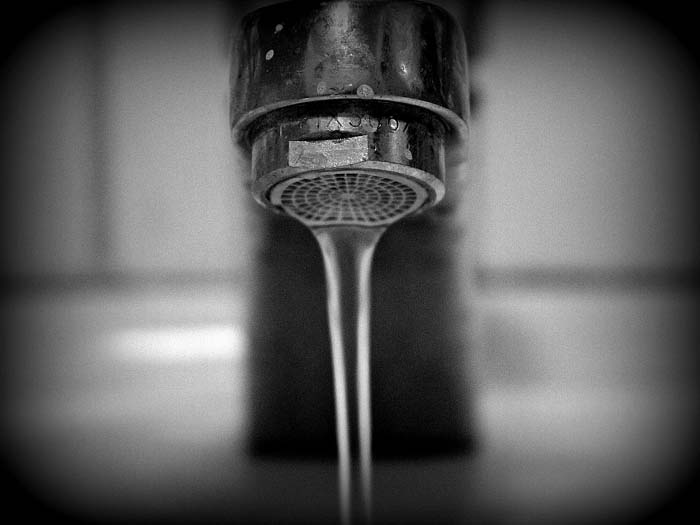
We take our water for granted, not realizing it could include harmful chemicals, heavy metals, bacteria, and more, just because we turn on the faucet to drink. Water filters are the obvious answer, so there’s no need to worry. In this article, we will look at the best materials to filter water for your house to help remove contaminants from the water.
Here are some of the best materials to filter water
Catalytic Carbon
You should consider catalytic carbon for water filter systems. This is because it is more successful than ordinary activated carbon at eliminating chloramine. An upgraded form of activated carbon, catalytic carbon zeroes down on chloramine—a ubiquitous disinfectant in water treatment plants—and eliminates it.
Catalytic carbon is a better media choice for water filters than regular activated carbon. This is because it can remove a higher percentage of chloramine. A catalytic carbon filter is an improvement over an activated carbon filter when it comes to removing chloramines.
Activated Carbon
A lot of people use activated carbon to filter water. Through a process called adsorption, it efficiently eliminates contaminants by sticking them to its surface.
Many different water filter systems rely on this material, including whole-house systems, reverse osmosis, and pitchers. It can remove chlorination byproducts, organic contaminants, pesticides, lead, and chlorine. Furthermore, lowering chlorine levels enhances the odor and taste of water. Coconut shells are an eco-friendly material, which determines the quality of activated carbon.
Activated Aluminum
Investigate the advantages of activated aluminum if you are considering a water treatment system.
When you use it as a water filter, activated aluminum efficiently eliminates contaminants such as fluoride, arsenic, magnesium, and calcium. Depending on the kind, it can also remove radium and barium. Resin, another name for activated aluminum, is excellent at softening water and removing limescale.
Activated aluminum is an excellent material to consider when picking a water filter. This is because of how well it removes impurities. It is safe to assume that these materials will have a long and storied history in the field of water filtration.
Reverse Osmosis Membranes
Water filter systems use reverse osmosis membranes to eliminate nearly all contaminants, including heavy metals, chlorine, TDS, and others. Pore sizes in this ultra-efficient membrane range from 0.001 to 0.0001. This allows only water particles to flow through while blocking the germs.
It is also effective at filtering out salt and metallic ions. As a result, the filtration process removes all impurities. An important function of the RO membrane is the removal of different contaminants from water. Modern water filter technologies are currently dominating the market.
Ultraviolet light
You should consider including ultraviolet light in your water filter system. It’s great for eliminating germs, viruses, and other microbes. Containing ultraviolet radiation in a UV chamber destroys microorganisms by damaging their DNA. This eliminates the threat that germs like E. coli and Giardia pose.
Kinetic Degradation Fluxion (KDF)
Filtration media, known as KDF, uses particles of zinc and copper to remove contaminants from water. When you use it in water, it effectively lowers levels of chlorine, iron, and heavy metals. Kinetic degradation fluxion is often used in water filter systems to improve water quality.
It extends the life of carbon filters when used in conjunction with them. What makes kinetic degradation fluxion unique is its ability to control both scale and algae, bacteria, and scale in water. It is a reliable and flexible filtering choice. This is because it works effectively even when temperatures are high.
 Manganese Greensand
Manganese Greensand
It is important to rinse and backwash the media of the manganese greensand filter on a regular basis. This will help to keep it working correctly and eliminate hydrogen sulfide, manganese, and iron from the water.
To remove these impurities from water, manufacturers developed manganese greensand as a filter material. Manganese dioxide’s oxidation properties help trap and remove the particles. This guarantees that the water is clean and safe to drink. You should perform routine maintenance for the manganese greensand filter to work at its best.
What water filter media material is best?
Since they compact into layers that allow water to pass through, gravel and sand are effective filters. Very small gaps exist between neighboring sand particles when they are in close proximity to one another. Some dirt particles become stuck in the water as they slowly pass through these microscopic holes.
Water filter material that removes the most contaminants
- Reverse Osmosis (RO) Filters
When it comes to protecting water from harmful substances, reverse osmosis filters are the rock. Based on the principle of selective permeability, this state-of-the-art filtering method selectively allows water molecules to pass through a semi-permeable membrane while retaining contaminants. Its effectiveness in removing various pollutants is praiseworthy.
Reduce the potential health risks associated with heavy metal ingestion by having RO-filtered water removed from your system. This includes cadmium, mercury, and lead. A safer and purer drinking experience is certain. This is because mineral content and pathogens such as viruses and bacteria are eliminated. The use of RO can eliminate contaminants, including pesticides and heavy metals, by a factor of up to 99%.
How to Select Right Water Filter?
Choosing the best water filter is a crucial undertaking. Make better decisions with the help of this practical guide:
- Taking into account budget and lifestyle
Think about your budget and way of life as crucial considerations. Performance anticipations, maintenance demands, and assessing filter prices. Consider your everyday needs and budget while deciding on a filtering system.
- Match filters to pollutants
To make your filtering strategy unique, carefully choose filters compatible with the pollutants you’ve already found. Use everything you’ve learned about water filters to your advantage. Customizing your selection to address the particular contaminants in your water source guarantees the most effective removal. This provides all-encompassing protection for your health.
- Priority pollutant identification
Find out which pollutants are most common in your area’s water supply by reading water quality reports and using other resources. These contaminants lay the groundwork for individualized water filter solutions. They also present urgent health concerns, so eliminating them should be a top priority.
- Evaluating the water quality
Try some easy at-home tests to see how things like odor, taste, and clarity stack up. Expert water testing services can detect toxins and their concentrations in your water supply more precisely. This allows for a more thorough investigation.
Popular pollutants in tap water
Some of the most common pollutants found in our drinking water supply are:
- Volatile Organic Compounds (VOCs):
Some industrial processes release chemicals that might irritate the respiratory system and cause other health issues.
- Heavy Metals:
Pollution from heavy metals, which include lead, cadmium, arsenic, and mercury, can cause long-term harm to human health. This includes problems with damage to organs in adults and development in kids.
- Pesticides and herbicides
Herbicides and pesticides introduced by agricultural runoff can cause neurological issues and even disrupt hormone balance.
- Disinfectant and chlorine byproducts
Disinfection byproducts (DBPs) such as trihalomethanes can be formed when chlorine reacts with organic substances. These compounds can cause reproductive problems and cancer.
- Microplastics
There may be consequences for aquatic ecosystems and human health as a result of tiny plastic particles that find their way into water supplies.
- Viruses and bacteria
Diarrhea, vomiting, and nausea can be due to gastrointestinal disorders caused by microbes like Cryptosporidium, Giardia, and E. coli.
Conclusion
To maintain clean and safe drinking water in your house, it is crucial to select the appropriate material to help filter water. Reverse osmosis membranes and activated carbon are just two examples of the many filter materials on the market. Each has its own set of benefits when it comes to removing certain pollutants and enhancing water quality generally. By learning about the many filtration media alternatives, you and your family can benefit from clean, refreshing, and deliciously tasting water.

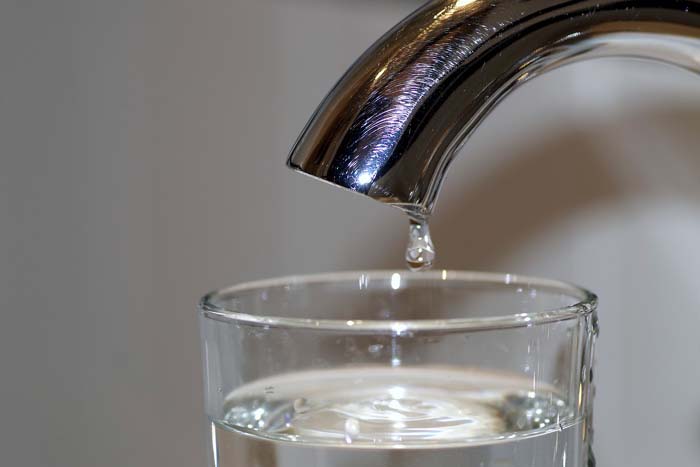
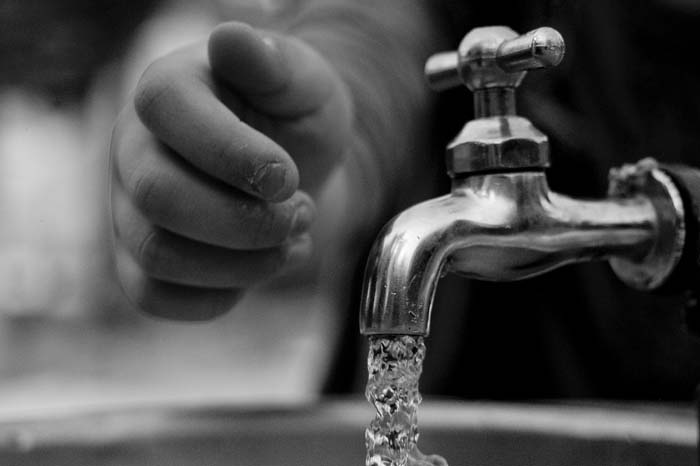
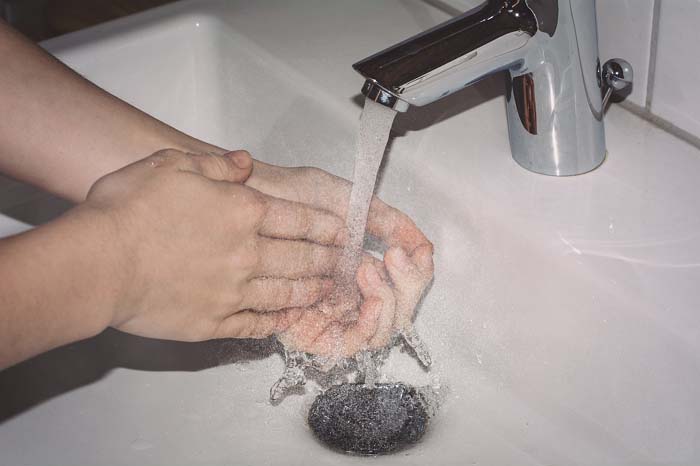 Is homemade filtered water safe to drink?
Is homemade filtered water safe to drink?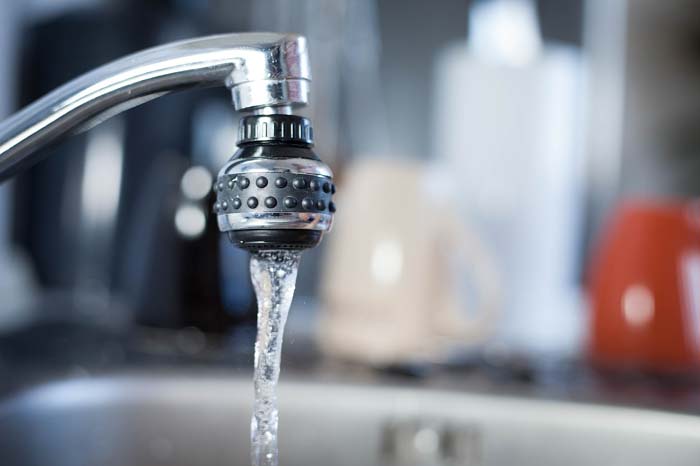
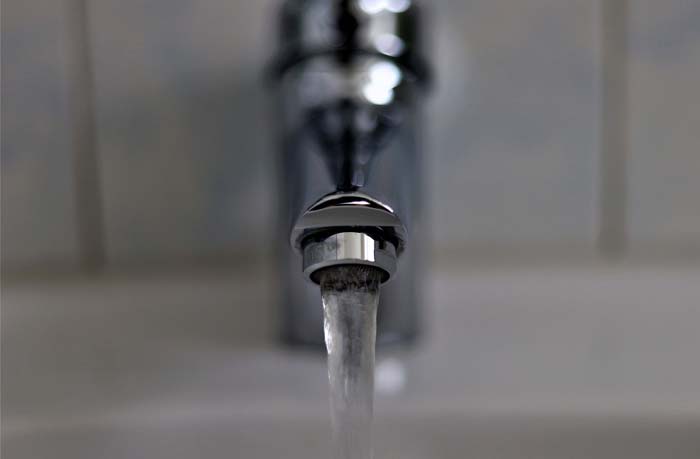
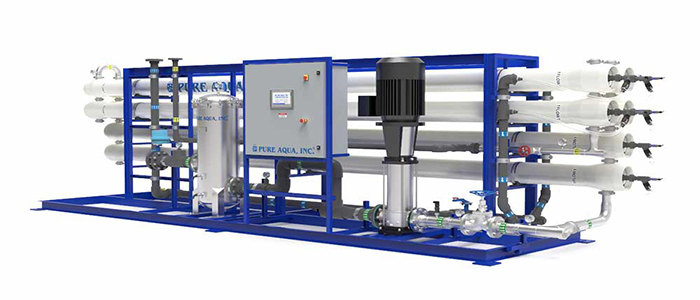 What happens if you don’t clean your water filter?
What happens if you don’t clean your water filter?
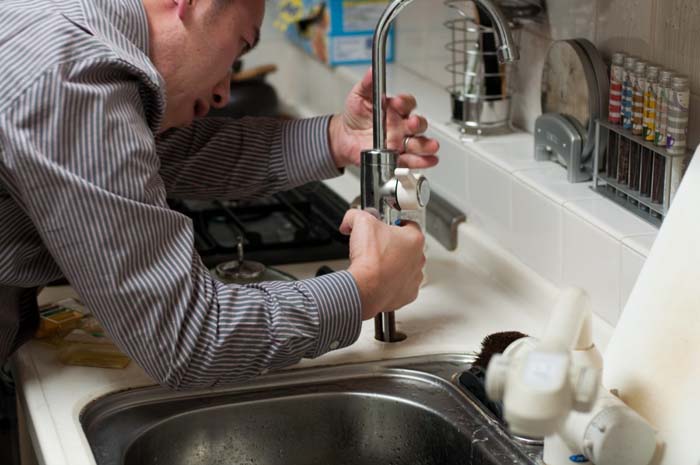
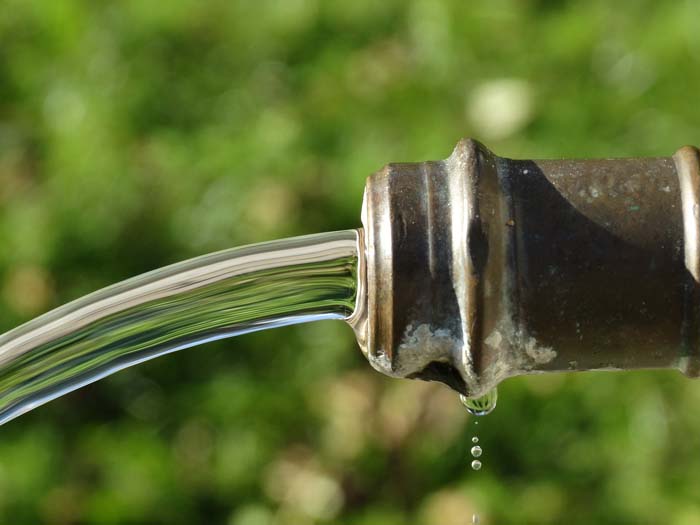
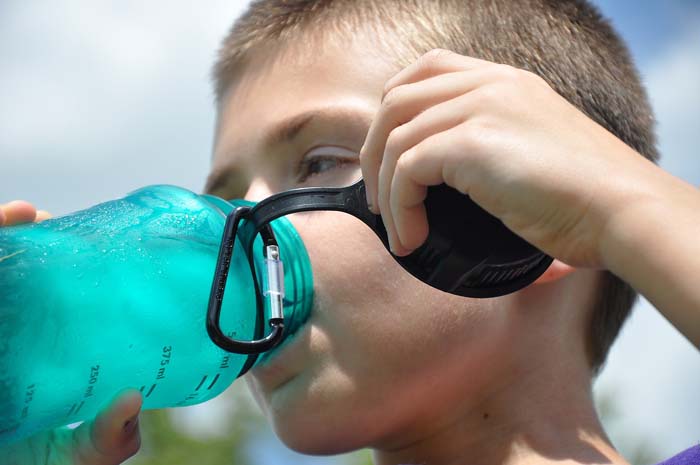 The Longevity of Your Whole House Water Filter
The Longevity of Your Whole House Water Filter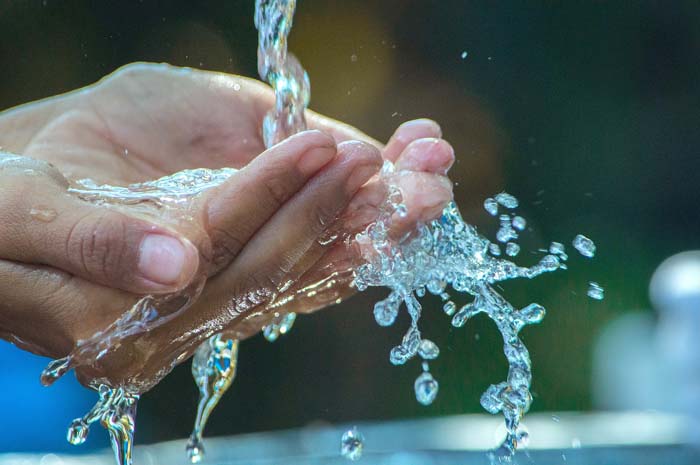
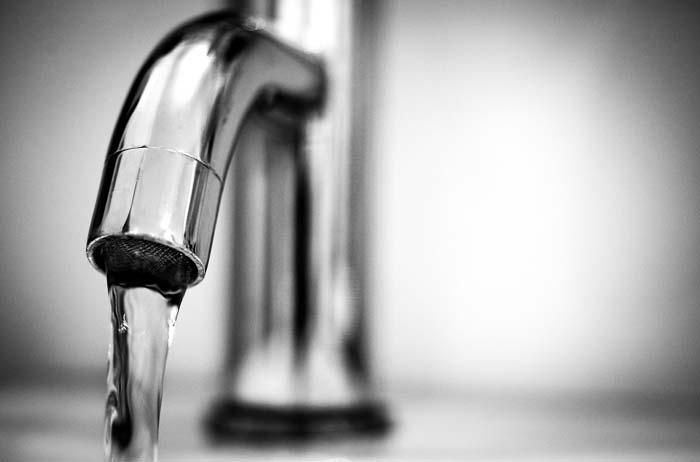
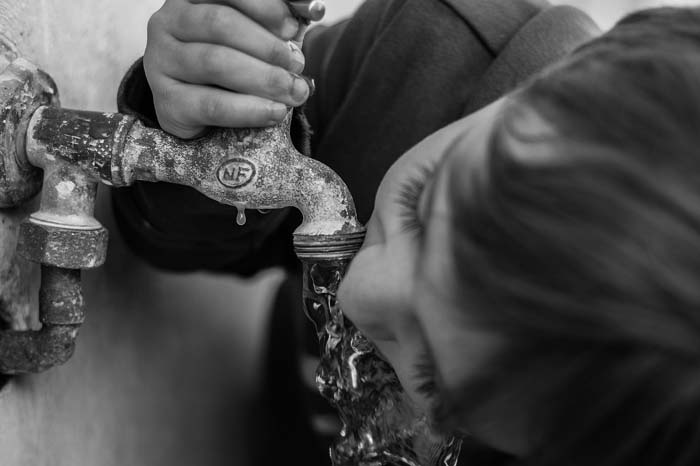 In general, to change the cartridge in a whole house water filter, follow these steps:
In general, to change the cartridge in a whole house water filter, follow these steps: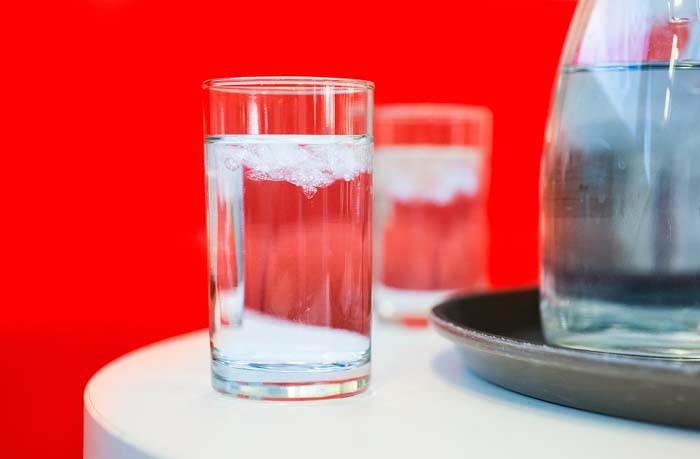
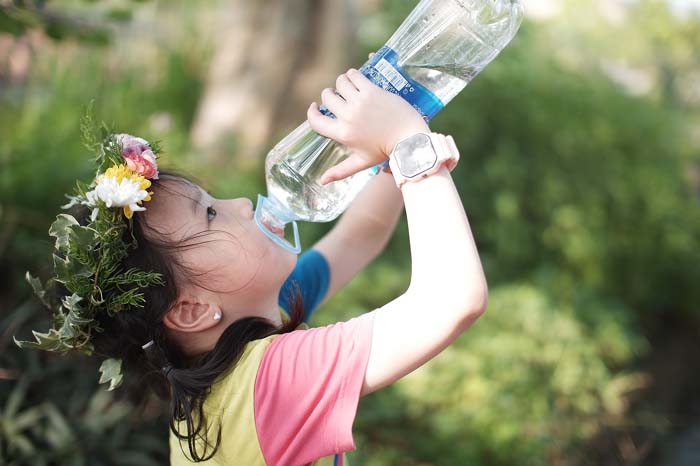 Tips
Tips